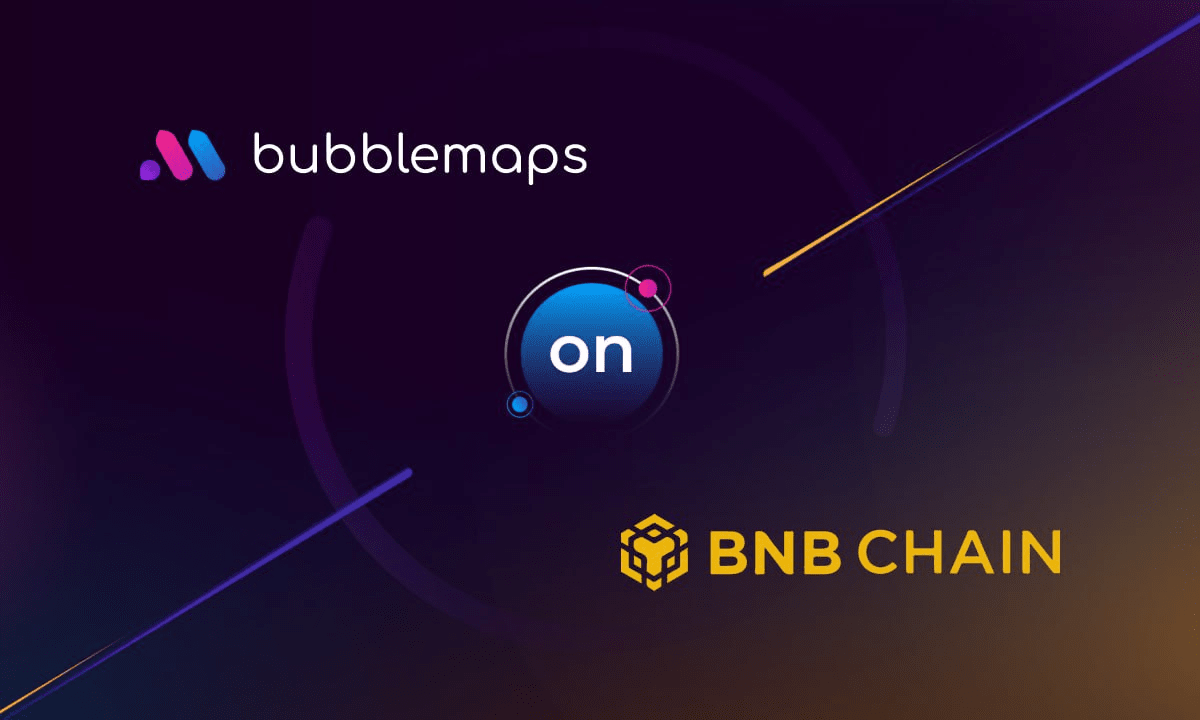
Recently, a tool called Bubblemaps @Bubblemaps.io has caught my attention in the Web3 investment research circle. As someone who has been tracking on-chain data for a long time, I found that this visualization tool indeed solves many practical problems.
Let me first talk about the core functionality of this tool. You input the token contract address, and #Bubblemaps it generates an intuitive bubble chart. Each bubble represents a holding wallet, the size of the bubble corresponds to the holding amount, and the lines between the bubbles show the transfer relationships. This visualization method is much clearer than directly looking at Etherscan's transaction records, especially suitable for quickly analyzing token distribution.
From a practical application perspective, Bubblemaps @Bubblemaps.io is particularly useful in three scenarios. First, it helps identify wash trading; chips scattered across dozens of small wallets can be easily exposed through the connection relationships. Second, it verifies the true liquidity of exchanges, allowing you to clearly see whether deposits are from real users or orchestrated by the project team. Finally, it tracks the movements of smart money, discovering early opportunities by analyzing the cash flow of VC firms.
Data doesn't lie. According to my observations, about 37% of new projects on the market currently have varying degrees of capital concentration issues. Through the bubble chart analysis of Bubblemaps, these risk points are often very clear. For example, there is a MEME project recently that appears to have only 15% of the top ten holdings, but a quick check reveals that 42 associated wallets actually control 38% of the circulation.
The value of this tool lies in that @Bubblemaps.io it makes activities that originally required professional on-chain analytical skills accessible to ordinary investors. You no longer need to study complex trading paths; the bubble chart has already helped you visualize the key relationships. For investment researchers who need to look at dozens of projects every day, this efficiency improvement is significant.
Of course, tools are ultimately just tools. What #Bubblemaps provides is data presentation, and true value judgment still needs to be combined with other dimensions. However, from my current user experience, it indeed fills the information gap between ordinary investors and professional institutions. In the Web3 world where information is wealth, such tools will only become increasingly important.


